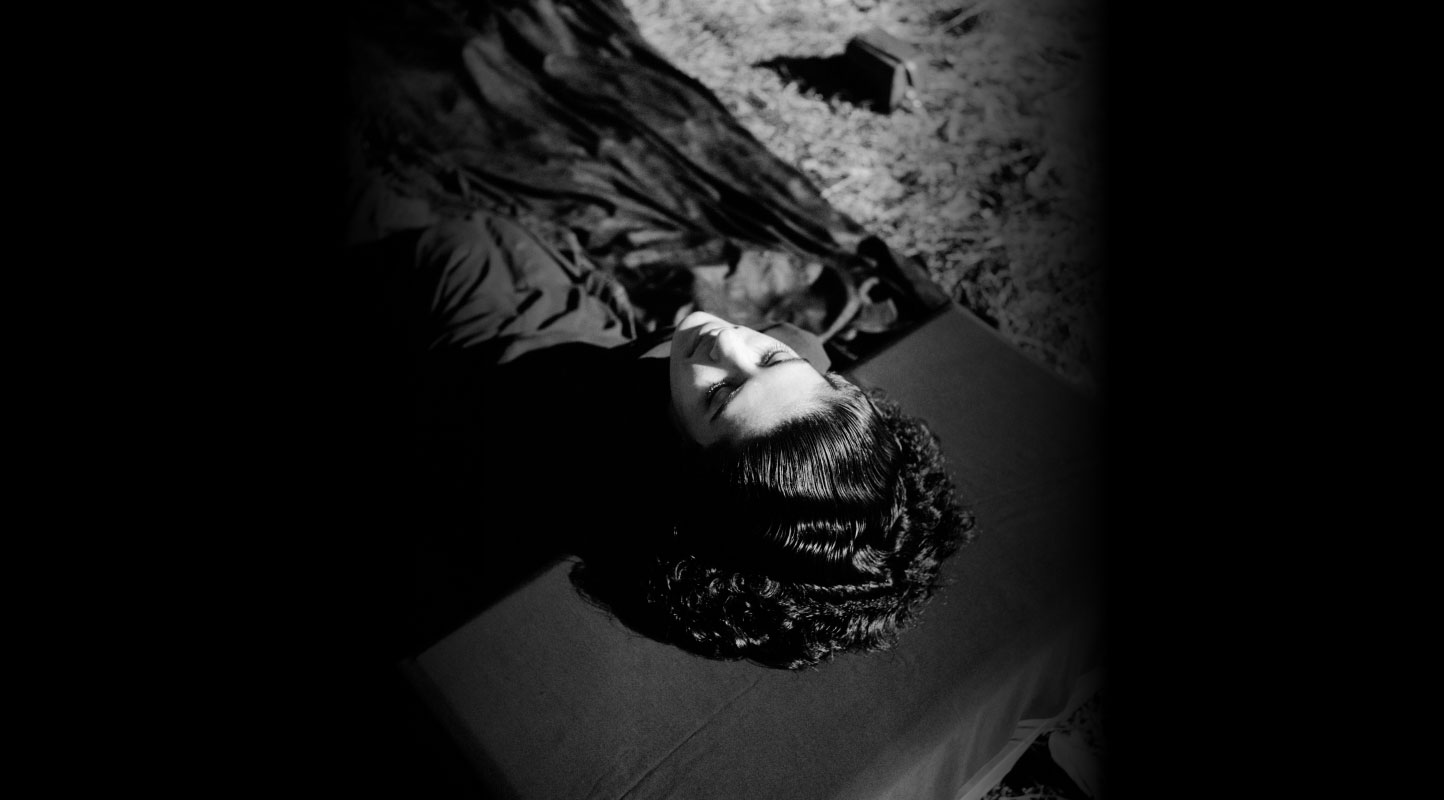Interrupting the Archive: Renluka Maharaj on Indentureship and Historical Revisions
The abolition of the trans-Atlantic slave trade in the mid-1800s created a vacuum for European planters who then looked to South Asia for a substitute labour force to work on the plantations in the colonies. In tandem, large numbers of people (especially from China and northern India) were transported via ships to British Guiana, Fiji, Jamaica, Trinidad and Tobago, among other places, as indentured labourers. Unlike slavery (which was premised on white ownership of Black bodies), indentureship included a contractual bond signed by both parties with assurances of compensation and healthcare. In actuality, however, working class Indians (who were mostly illiterate) signed with thumbprints without adequate knowledge of the duration of their labour or the terms and conditions, and were often deceived abroad with false promises. Occupying the deserted shacks of former slaves and/or makeshift tin shafts, their working conditions were similar to that of the preceding era, with high mortality rates and physical violence perpetrated by the white planters. Large numbers of men, families as well as single women, widows and other social “outcasts”―who were tempted by the possibility of new lives away from the shackles of heteropatriarchal Hindu norms―crossed the waters aboard these ships. Treated more as a postscript to slavery than a mass dislocation of peoples in organised strides by the British Empire, the history of indentured labour is mostly lost from collective memory.
Denigrated as labourers, women became the subjects of a French photographer’s documentary experiments in colonial portraiture. Operating between 1869 and the late 1890s, Felix Morin’s studio (situated in the Trinidadian capital of Port of Spain―a then tourist-hub) was one of the many that used decorated Indian women in the Caribbean to create a photographic syntax that pandered to the Occidental imaginaries of the East. Commissioned by British colonial administrators, hoteliers and commercial pockets, the resultant postcards were centred on being designed as palatable tableaux for white tourist consumption. The women on the postcards were titled Coolie Belles—the term “coolie” being a pejorative address with its genesis in their occupation as menial labourers. The suffix “belle” fetishised the anonymous subjects who were, in actuality, victims of intimate partner-violence resulting from competition due to the disproportionate ratio of men and women recruited on the fields. Scholar Gaiutra Bahadur has argued that the “coolie” women served as visual affirmations of imperial expansion―their coded opulence justified the project of indenture while simultaneously erasing the fact of its existence. Therefore, the postcards served to fabricate a figural Indian woman, their background effaced of any socio-historical particularity. The women went on labour strikes on the fields, but this agency is erased in their remoulding as passive models before Morin’s camera.
In her series Pelting Mangoes, Indo-Caribbean artist Renluka Maharaj appropriates and alters the vocabulary of Morin’s photographs by ascribing hypervisibility to women’s bodies through the medium of colour. She embellishes the clothes and jewellery in the portraiture with bright acrylic pigments, glitter and rhinestones, thus actively countering the monochromatic homogeneity of their originals. A descendant of the indentured labour force herself, Maharaj works towards attributing retrospective agency to the women in the postcards through her interventions. In the absence of concrete family archives, she believes any of them could be her ancestor. The potential for kinship through archival connections opens up a space for the artist to explore her hyphenated identity in a postcolonial milieu through non-verbal registers of indexical intimacy. In this conversation, Maharaj talks about using her work to bypass mainstream historiography and counter the imperialist rhetoric of indenture through subversive strategies of excess.
[Featured Image: Kali, 2021, 20x30 inches, mixed media on archival paper.]
Recorded in September 2021.




